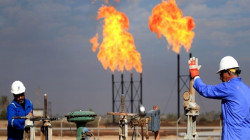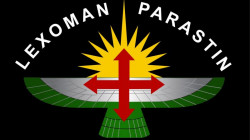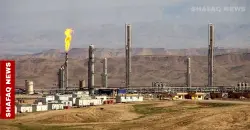Khor Mor gas field bombing: 2 dead, 4 injured

Shafaq News/ On Friday, a source in the Kurdistan Regional Government (KRG) reported that six people were killed and wounded in the bombing that targeted the Khor Mor gas field in Al-Sulaymaniyah Governorate.
The source told Shafaq News Agency, "Two foreign workers were killed as a result of a remote drone attack on the Khor Mor field, and four others suffered various injuries, indicating that the victims and injured were transferred to the hospital.
Earlier today, a security source reported that several rockets landed in the Khor Mor gas field, one of Iraq's major gas fields.
No group has claimed responsibility for the attack.
The Kurdish Ministries of Electricity and Natural Resources have announced that the drone attack has caused a major loss of electricity.
An official statement said the attack had disrupted gas supplies to power plants, causing a loss of approximately 2,500 megawatts of electricity.
The statement added that "teams from the Ministries of Electricity and Natural Resources are working with their partners to normalize the situation and resume gas production to power plants."
The UAE's Dana Gas company is developing the gasfield.
Last January, a drone attack targeting the oil field prompted a temporary halt in production, leading to power shortages in the northern Kurdistan region.
The targeting caused no injuries but damaged a liquid gas storage tank.
Also, no group has claimed responsibility for the attack.
In 2007, Dana Gas and Crescent Petroleum signed an agreement with the KRG to appraise, develop, produce, market, and sell hydrocarbons from Khor Mor and the nearby Chemchemal field.
For that, they established the Kurdistan Gas Project, which the companies later joined. A major gas field in northern Iraq came under rocket attack.
Production started in 2008, sending gas to Chemchemal, Bazian, and Erbil power stations.
The field's gas has been used for in-country power generation, fueling more than 80 percent of the Kurdistan region.
Dana Gas said that production rose by 50 percent in 2018 from 305 million standard cubic feet per day to 452 million by 2021, with 15,000 barrels per day of condensate and more than 1,000 tonnes of liquefied petroleum gas.





